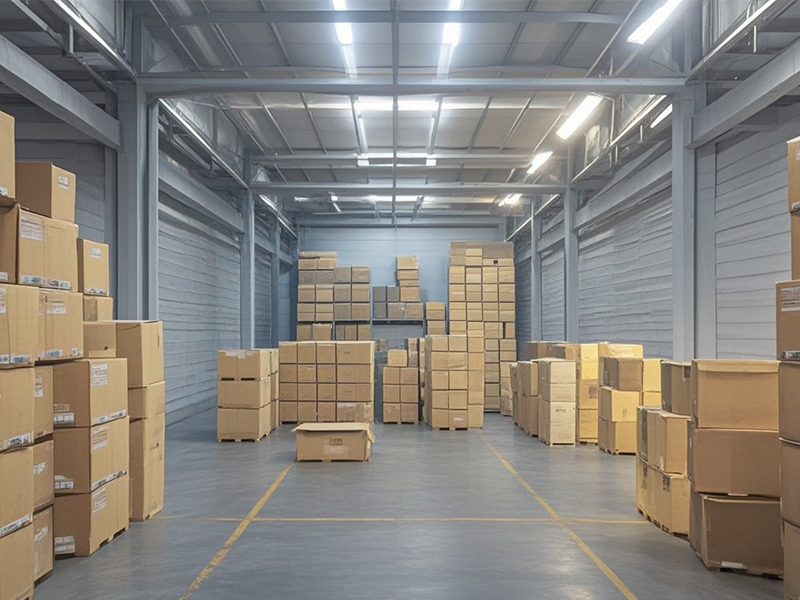Overseas food, beauty products, and health supplements are “flying” into Chinese households, while Chinese-made clothing, footwear, and daily necessities reach the global market. In recent years, cross-border e-commerce has rapidly grown, leveraging advantages such as online transactions, contactless delivery, and short transaction chains. The overall scale of cross-border e-commerce has evolved from small to large, and from large to excellent, becoming a vital force in the development of China’s foreign trade and a new highlight in the global economic and trade arena.

As a new business model in foreign trade driven by technological innovation, cross-border e-commerce features new business concepts, strong technical support, and quick adaptability, playing a powerful role in driving China’s foreign trade growth. The innovative allocation of production factors through cross-border e-commerce aligns with the characteristics and requirements of new productive forces. The systems and mechanisms for cross-border e-commerce transactions, payments, logistics, customs clearance, tax refunds, and foreign exchange settlement have been rapidly improved, along with the technical standards, business processes, regulatory models, and informationization. These effective measures have collectively propelled cross-border e-commerce forward with minimal constraints, leading to robust growth.

Trade, as a transnational transaction activity, requires enterprises to act as the main drivers. According to preliminary statistics, there are over 120,000 cross-border e-commerce entities nationwide. The rapid growth of e-commerce entities has laid a solid foundation for the development of cross-border e-commerce. In the logistics and delivery segment, cross-border e-commerce companies have built competitive advantages through different models such as direct mail, cross-border special lines, and overseas warehouses. Currently, there are over 2,500 overseas warehouses, with a total area exceeding 30 million square meters. The growth of business entities, the construction of cross-border e-commerce industrial parks, the establishment of overseas warehouses, and refined management have built a comprehensive competitive advantage for China’s cross-border e-commerce, providing strong support for the industry’s high-quality development.

Cross-border e-commerce is a track with broad prospects. With the support of policies and technology, China’s cross-border e-commerce has accelerated, and there is still enormous potential to be tapped and vast space to be explored in the future market.

Additionally, optimize cross-border e-commerce export supervision, promote and regulate cross-border data flow, and enhance the management and service levels of cross-border data. Furthermore, actively participate in multilateral mechanism negotiations and exchange and cooperation, playing a positive role in the formulation of international standards and rules in areas such as electronic documents, paperless trade, and electronic transactions.

With the continuous improvement of policy systems, the gradual enhancement of market systems, the ongoing improvement of infrastructure, coupled with product quality improvement and accelerated brand building, China’s competitive advantage in trade will continue to emerge. Continuously promoting the high-quality development of cross-border e-commerce will undoubtedly contribute to the formation of a new development pattern and inject new vitality into global economic growth.

 alt=""
alt="" 


 Logistics line quotation
Logistics line quotation Cross-border express order
Cross-border express order 24 hours online customer service
24 hours online customer service Huixiang Cross-border Logistics all rights reserved
Huixiang Cross-border Logistics all rights reserved 






